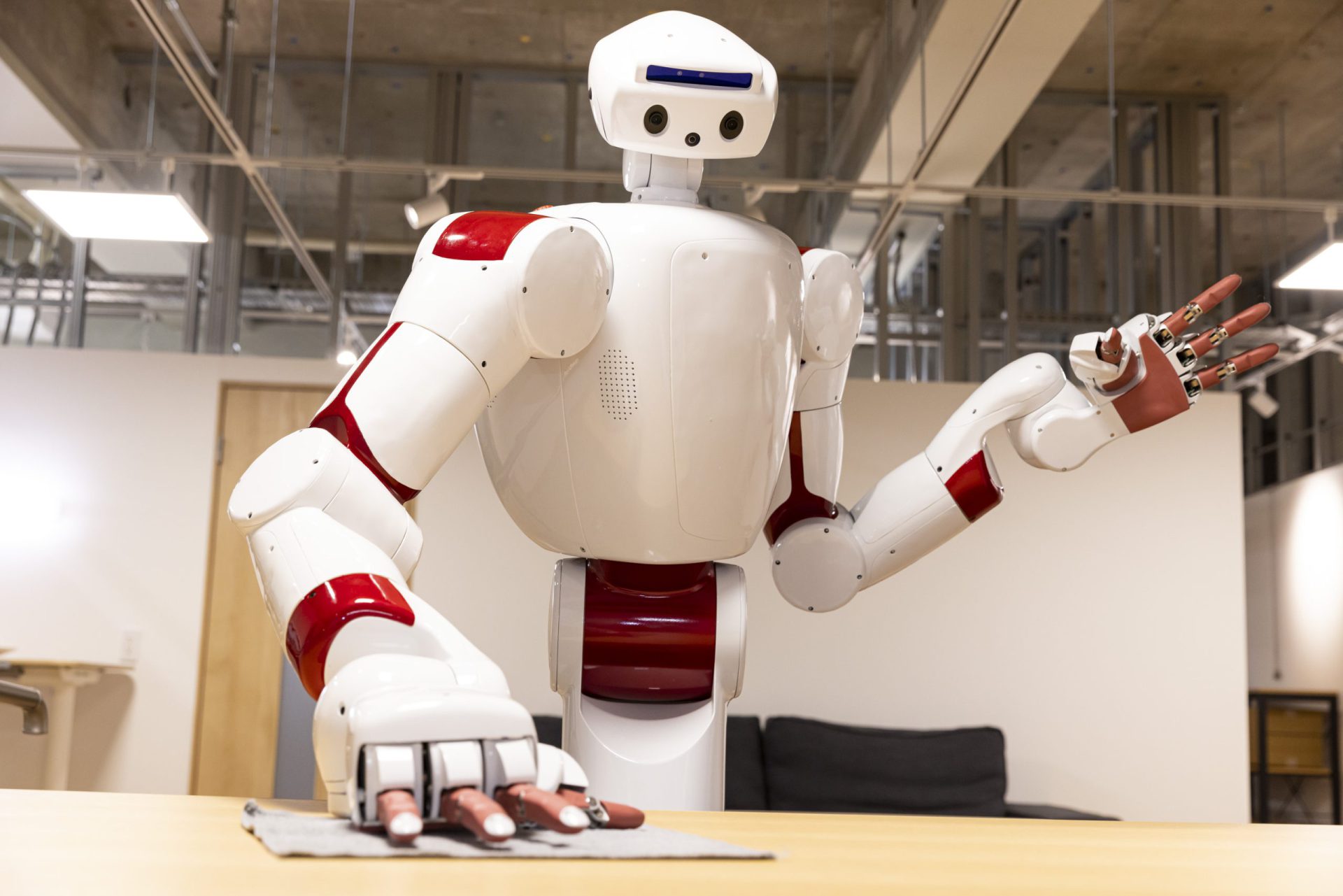Human-Robot Speech Dialogue based on ”Quasi-symbol”
In human-robot communication, it is quite difficult to convert human”s and/or robot”s conditions into language and symbols (symbol grounding problem). This study proposes a novel human-robot speech dialogue style in which sensory-motor dynamics extracted by neural net model are used as ”quasi-symbol”. The analysis targets are development processes of the consensus between human and robot concerning such primitive symbols.

Active Sensing and Cross-Modal Mapping with Humanoid Robot
Dynamic features play an important role in recognizing objects that have similar static features in colors and or shapes. This study developed a novel active-sensing method using the dynamics of objects. This method uses a neural net model trained using the multi-modal sensory data generated while a robot is moving/hitting objects. The method will be applied to cross-modal translation, such as motion-imitation of environmental sounds.

Open-end Human-Robot Interaction
Conventional studies of human-robot cooperation have aimed at ”fast” user-adaptation. However, after such adaptation, the users easily lost their interests in the robot due to the fixed robot motions. This study deals with "incremental learning" which is essential for human-robot cooperation of long period. The development processes of neural net model in the robot are analyzed from the dynamical systems perspective.
